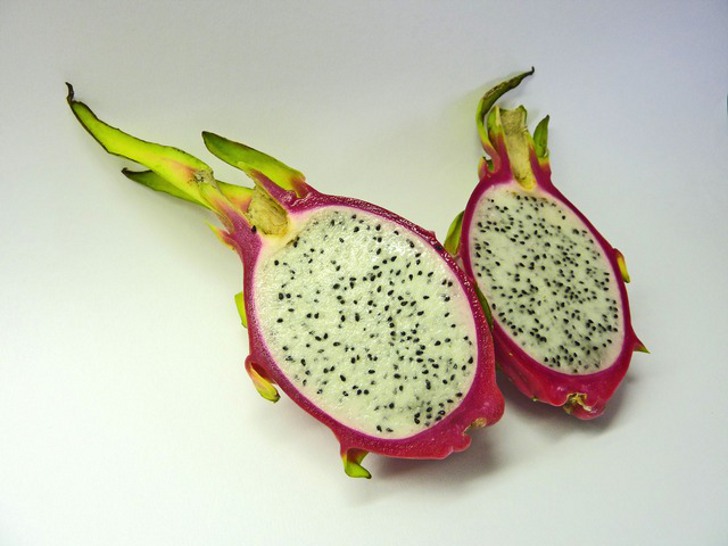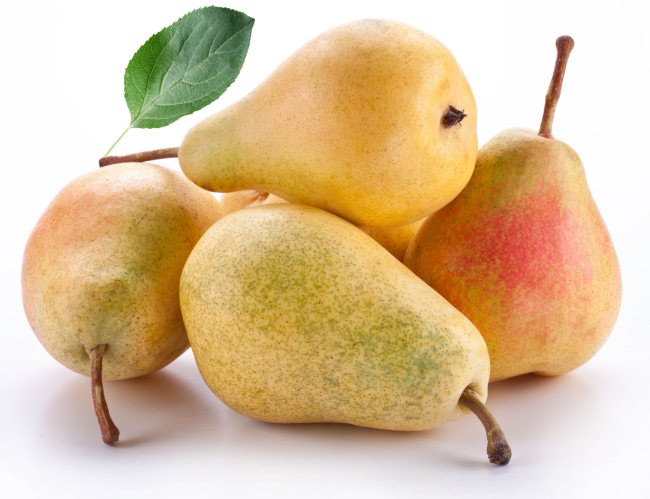Chufa is a healthy fruit that tastes very much like almonds. It is highly nutritious and has a beneficial healing effect on the body. If you ever get a chance to buy earthen almonds, be sure to use them, just before eating an exotic fruit, do not forget to familiarize yourself with its contraindications.

- A number of researchers argue that the chufa nut was the basis of the diet of ancient people – zinjanthropes, who inhabited our land about 2 million years ago.
- In the West, culture was known back in the days of Ancient Egypt, and this is a proven fact, in contrast to the first, which is more a guess.
- In general, it is very curious that each nationality seeks to give culture a special name of its own. So, in Portugal it is called “tuberous grass”, and in Arab countries – “sweet root”.
- Mystical properties are attributed to peanuts, it is believed that evil spirits do not transfer it to the spirit. Esotericists recommend using the plant to clean the aura of the room, as well as plant it around the house, so that calmness, harmony, and pacification always reign in it.
- The culture is considered very fruitful – one plant contains from 300 to 1000 tubers.
- The most useful oil is made from nuts, which surpasses olive and other healthy oils in quality and safety for the body. True, it has found great application, not in cooking, but in cosmetology, it is noted that it has an incredible effect on the skin.
- It is noteworthy that the cultivation of a peanut chufa is not a tricky business. The culture is not finicky.
- A drink resembling cocoa or coffee is prepared from fried nuts. It effectively increases efficiency and tones up, without having a negative effect on the body.
- But in Morocco Tunisia, ground almonds are ground with honey, getting an incredibly tasty sweetness, which is mandatory served to guests for tea.
- In Europe, chufa is widely used in the confectionery industry. They use both chopped nuts, replacing hazelnuts, almonds, peanuts, and flour from ground chufa, which gives a sweet, delicate, and very mild taste to confectionery.









